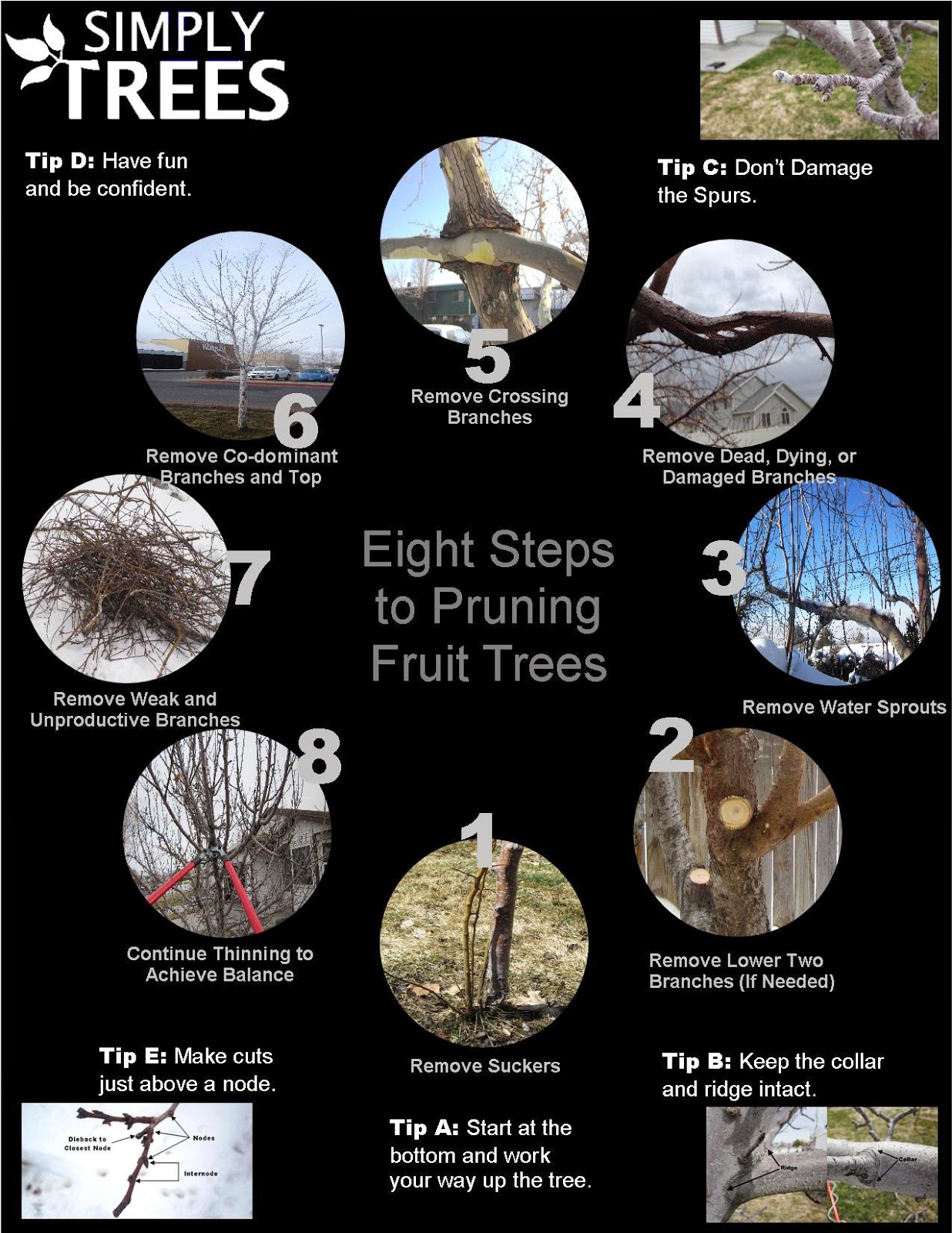Explore Methods To Support A Successful Landscape After The Removal Of Trees
Explore Methods To Support A Successful Landscape After The Removal Of Trees
Blog Article
Posted By-
When it involves seasonal tree care, making certain appropriate monitoring prior to and after elimination can substantially affect the health and aesthetic appeals of your landscape. By comprehending the needed steps associated with assessing tree health and wellness and preparing for elimination, you can proactively secure your property. But what about the crucial practices to comply with when the tree is gone? Remain tuned to discover the crucial post-removal treatment procedures that will certainly help you grow a thriving and sustainable setting for your trees.
Pre-Removal Tree Care
Before attending to the removal of a tree, it's crucial to prioritize pre-removal tree care. Beginning by assessing the tree's wellness and architectural honesty. Try to find indicators of condition, bug invasions, or any structural issues that might posture a safety hazard throughout elimination. It's necessary to consult with a certified arborist to establish the best strategy.
Trimming dead or unhealthy branches can protect against additional damages to the tree and guarantee a smoother removal process.
Additionally, consider the environmental impact of removing the tree. Trees play a crucial duty in our community, so planting a new tree in a suitable location can help balance out any type of loss. Guarantee that you have the necessary authorizations and permissions for tree elimination, especially if the tree is protected by regional guidelines.
Seasonal Upkeep Tips
Assessing your tree's needs throughout the year is vital for its health and long life. To keep your trees in top problem, adhere to these seasonal maintenance tips.
In spring, focus on trimming to eliminate dead or broken branches and motivate new development.
Summertime calls for normal watering, especially during dry spells, to ensure your tree stays hydrated.
As fall approaches, watch out for very early signs of illness or stress and anxiety, and consider using mulch to safeguard the origins throughout winter season.
In helpful resources , be cautious when getting rid of snow from branches to prevent damage, and remain to monitor your tree's general wellness.
Remember to change your care regular based upon the certain demands of your tree types and regional environment. By remaining mindful and aggressive throughout the periods, you can aid your trees prosper and flourish for several years to find.
Post-Removal Tree Care
To make certain the health and wellness of your landscape even after tree removal, appropriate post-removal treatment is important. After a tree is eliminated, it's important to load the staying hole with topsoil and portable it to avoid settling. This will help preserve the honesty of the ground and protect against possible dangers in the future.
Consider planting brand-new plants instead of the removed tree to recover the equilibrium and visual appeals of your landscape. Frequently water the area to advertise the development of new plants and stop dirt erosion.
Examine the bordering trees for any indicators of disease or tension that might have been caused by the eliminated tree. Watch out for parasites that might've been attracted to the previous tree and take safety nets to shield the continuing to be vegetation.
If required, consult with an expert arborist to evaluate the influence of the removal on the surrounding trees and figure out any kind of added care required. By adhering to these post-removal care steps, you can make sure the continued wellness and appeal of your landscape.
Verdict
To conclude, aggressive seasonal tree care is important for preserving the wellness and balance of your landscape. By assessing tree wellness, pruning, and talking to an arborist before removal, you can make certain a risk-free procedure. After elimination, loading the hole, growing brand-new vegetation, and normal watering will promote brand-new growth and stop disintegration. more info in mind to inspect surrounding trees for condition and seek further care actions from an arborist to keep your landscape growing.
